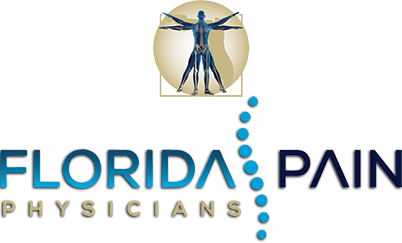Back pain is considered a chronic condition if it lasts three months or longer. While the pain can come and go, you might find yourself stuck on a horrible rollercoaster of temporary relief followed by pain and frustration. It can be particularly trying to deal with chronic back pain when you don’t know the cause. Age is a significant factor, but you might also find chronic back pain stemming from arthritis of the spine, spinal stenosis, disc problems, or myofascial pain syndrome.
Thankfully, there are ways for you to fight back against this pain. By visiting a pain clinic, you will learn about back pain treatment in Orange Park, FL, which can help reduce how often you suffer from chronic back pain—without needing surgery. Seven effective treatment options include:
Physical Therapy – Exercise is the foundation of almost any pain treatment—especially chronic back pain. Under the guidance of your physician and spine physical therapist, you will be able to create a customized exercise regimen tailored to address your specific symptoms and condition.
Mindfulness & Meditation – Physical therapy is training for your body, but your mind also benefits from some exercise of its own. Since chronic pain can be emotionally straining, learning how to mediate through different relaxation strategies will help you better manage depression, irritability, and frustration related to your chronic pain.
Diet – There is an old saying “you are what you eat,” well, there is some truth to that. Some diets are highly inflammatory—especially those with lots of processed foods. Since this food causes inflammation, it is much more likely to aggravate your chronic back pain when you eat it. Eating healthier will guide you away from inflammatory food while also helping you get to a healthier weight, which puts less stress on your spine.
Lifestyle Modifications – From big changes to small ones, changing your routine is a good idea if you are dealing with chronic pain. Maybe make a few trips when carrying in groceries instead of trying to bring everything in at once, quit smoking, and take breaks when doing physically taxing tasks.
Injection-Based Treatments – Advancements in medical technology means there are now many injection-based procedures to help you with chronic back pain. When your physician knows the source of the pain, they can target the area with the goal of stopping or lessening your pain with nerve blocks, epidural steroid injections, or nerve ablations.
Alternative Treatments – Some might turn to alternative treatments, such as acupuncture, biofeedback therapy, massage, laser therapy, or electrical nerve stimulation, to address their chronic back pain. Talk to your spine specialist before signing up for any of these treatments to see what they recommend.
Pharmacologic Treatments – Anti-inflammatory drugs, analgesics, muscle relaxants, and other medications can sometimes help you control your chronic back pain. However, these are not long-term solutions since they can have unwanted side effects.




